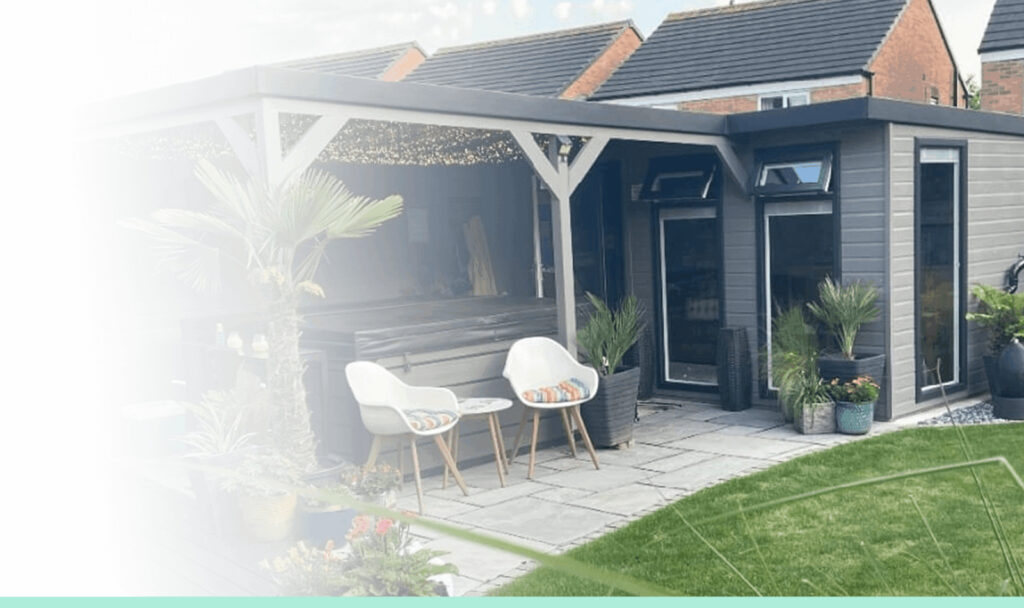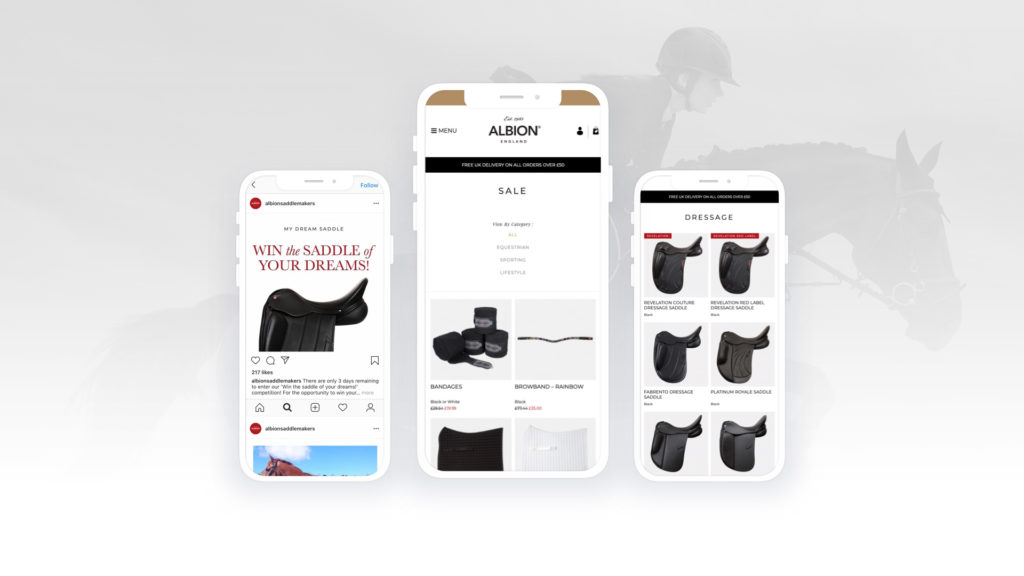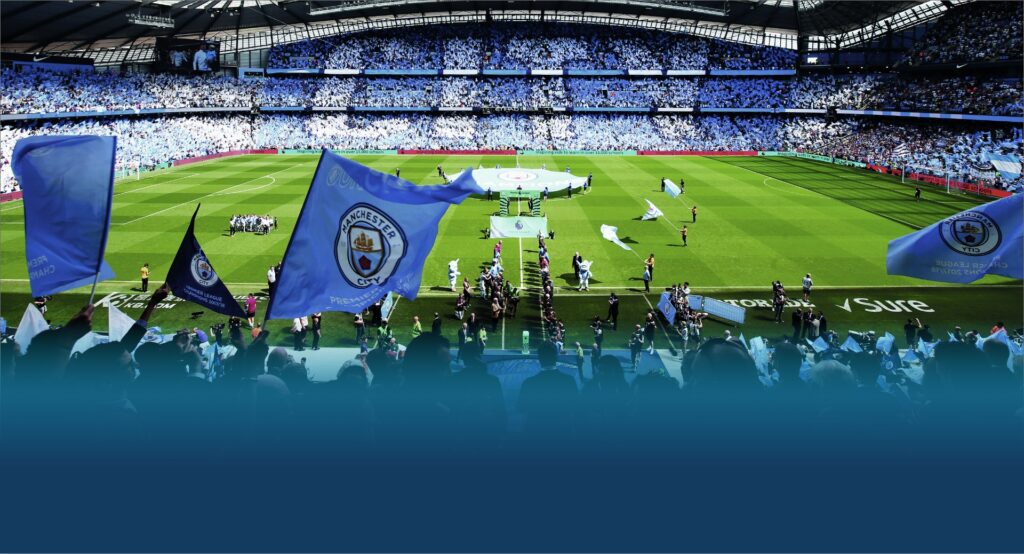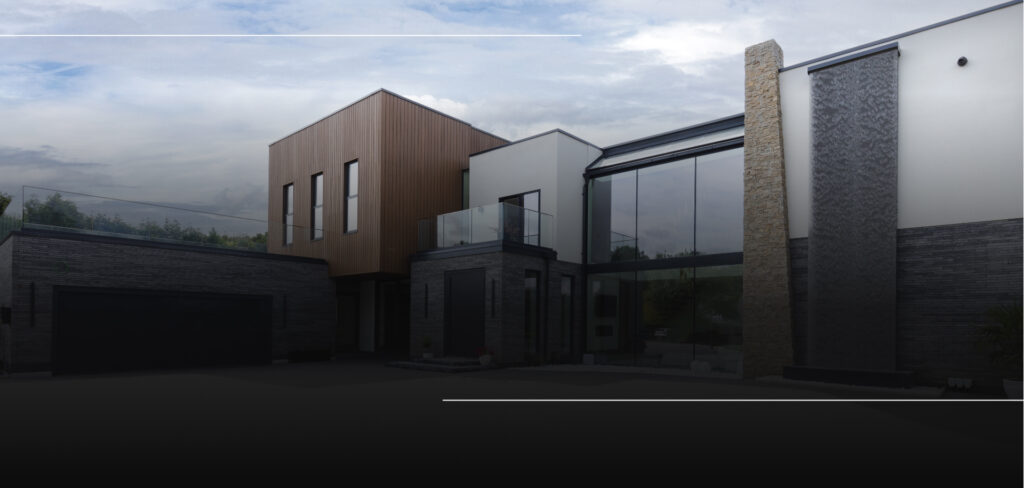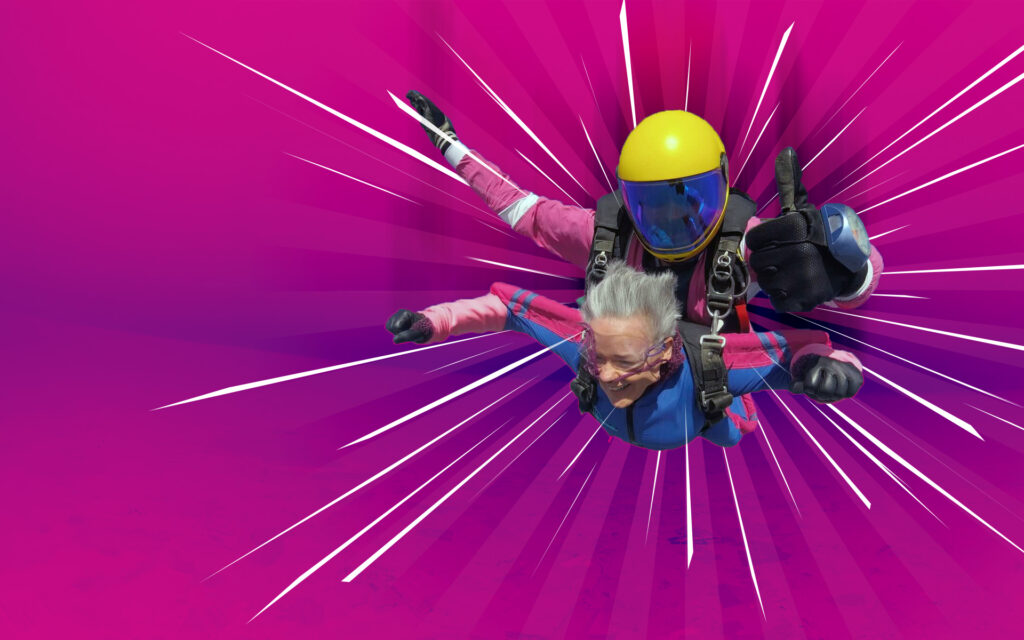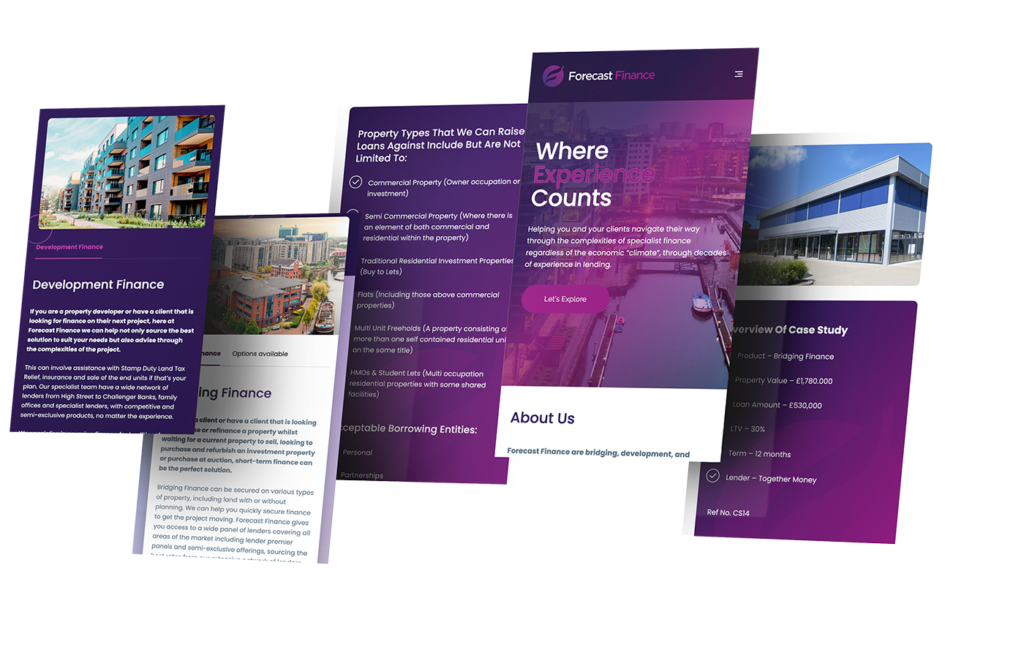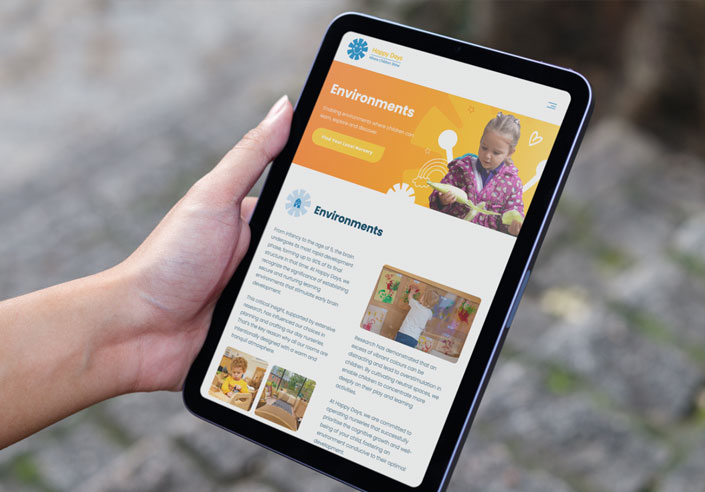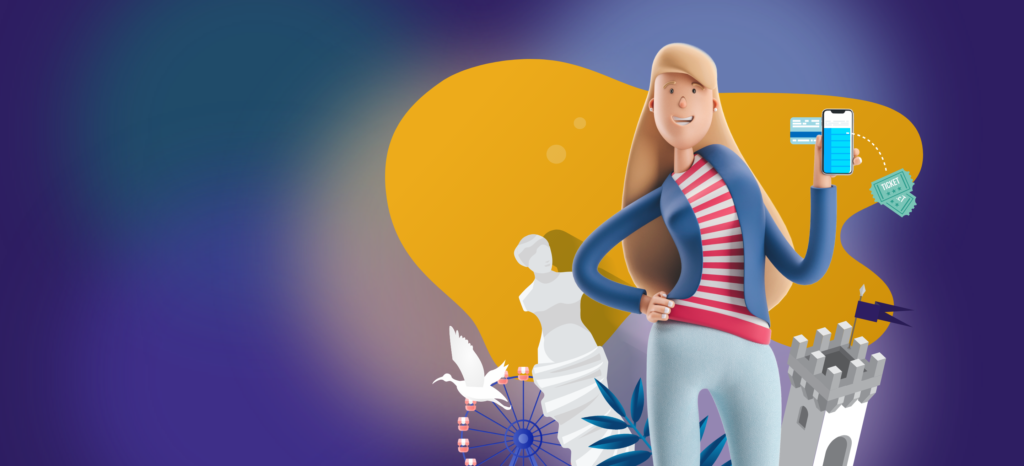Marketing Trends to Look Out For in 2016
1. BEGGAR’S BELIEF
2015 saw so much content generated that it is likely we have all reached a point of saturation. In 2016, companies will need to make their content both bigger and better.
Content will need to be related to the wider social context and specifically tap into what people care about and believe in. A study conducted by Neilsen reported that companies will ‘do well by doing good’.
Amy Fenton, global leader of public development and sustainability at Nielsen said, “As companies drive to create greater shared value, linking their business strategy to societal outcomes, they have to put consumers at the centre and understand their expectations. By identifying the hierarchy of social and traditional brand drivers and the white space opportunities available, you can develop clear and actionable sustainability strategies for your brand that will generate loyalty and improve performance.”
With so much freedom and choice awarded by the internet into what brands and products we, as individuals, want to be associated with, brands will need to become part of the social conscience to be successful. We saw the roots of brand personalisation in 2015, and in 2016 this is likely to take off.
2. FOCUS AND ENGAGEMENT
With so many platforms now available, 2016 will be the year of focused marketing, where marketers will need to make smart choices about how to engage their consumers and what platforms will be best for this. Through research and planning, marketers will need to hone their marketing choices to do what works instead of covering all bases.
3. CHANGING HOW WE USE ONLINE ADS
Ad blockers are getting easier and easier to download on both computers and phones, making it harder to connect with audiences through paid advertising. Although the emphasis has generally been on organic traffic in recent years due to SEO, the rise of ad blockers will mean that if marketers want to be seen, they will need to infuse content with creativity, entertainment and value that consumers actually want to see.
4. BOLDER MARKETING CHOICES
Like with online adverts, marketers will need to innovate and reinvent their marketing strategy to overcome the content saturation of 2015. It is not yet clear how, but marketers will need to be bold and brave with their content to remain successful.
5. LIVE STREAMING
One example of how these bolder choices will take hold in the marketing realm is through live streaming. Live streaming takes the major influx of video we saw across social media in 2015 to the next level; a level that is far riskier because when it’s live, anything can happen.
Companies will utilise platforms such as blab and periscope to create a more personalised customer experience and put a face to their customer service and brands. The streaming will then be recycled across social media to increase shares and brand reach.
6. A VISUAL CULTURE
Google reward websites who have a good dwell time with a higher ranking on SEO. Vital to this success will be using images and videos to break up content so consumers don’t get bored. This will reduce bounce rates on landing pages and engage people in conversation.
7. EVOLUTION OF THE INFLUENCER
In a landscape where anyone can have a voice, individuals have started to look for one voice above the others – normally in the form of an industry leader like professionals or bloggers.
Getting influencers involved in campaigns that are known to your audience will help ideas and brands to take off, but only if it is done correctly. As each influencer and sector is different, there is no set way to do this so companies will need to streamline their approach in 2016 to see what works.
8. STARTING THE CONVERSATION
One of the biggest trends of 2016 will be brands creating conversations with their audiences. Using technology such as live streaming and social media, there will be a new focus on audience engagement. Rather than media being one-sided, brands will need to find a way to start the conversation in order to stand out to audiences at the heart of their content.
9. EVER MORE PERSONALISATION
Leading on from 2015 where personalisation was a major trend, 2016 will take this one step further. Segmentation and personalisation will be used across campaigns such as direct mailers and packaging to directly cater for the needs of the individual you are trying to connect with.
Nutella have begun to do this with their jars. Consumers can now personalise the Nutella label with their name. They have even used the tagline ‘your Nutella, your way’ to further emphasise this shift to personalisation.
In 2016 every step of your marketing will need to relate to people on both an individual and personal level, so bolder choices are going to have to be made to make you stand out and show you really understand your customers.
10. CREATING NEW REALITIES
Our realities are changing before our eyes. Everything from how we experience shopping to the way medicine is used is being influenced by new technology.
3D printing is set to enter the mainstream in a bigger way than ever in 2016. Printing will change the very fabric of industries such as fashion, design, medicine and manufacturing.
Printers are getting closer and closer to creating fabric-like materials, creating weaves and stitches to mimic the real thing. This will completely change the fashion industry, levelling the playing field for start-up designers with very little money to hit the mainstream.
In medicine, it is also now also possible to use 3D printers to print human cells. The first human blood vessels and organs have already been printed and bioprinting will continue to develop at a rapid pace now we have the technology.
Retail is another landscape that is set to change in 2016. The barrier between online and offline is gradually being eroded through virtual experiences such as Topshop’s augmented reality dressing room. Topshop partnered with Kinect to allow shoppers to virtually try on clothes without the effort of using the changing room.
Another example of augmented reality is IKEA’s catalogue. Although released well in advance of its time in the mainstream, the catalogue allowed shoppers to visualise how certain pieces of furniture would look in their home. What is more, the app even measured the size of products against the surrounding room to show a true representation of how it would look.





